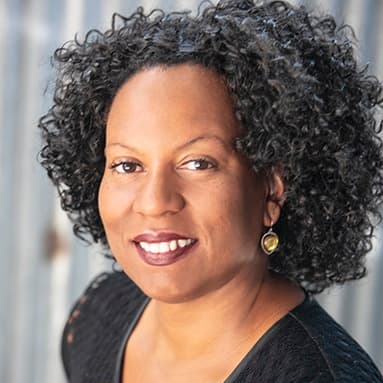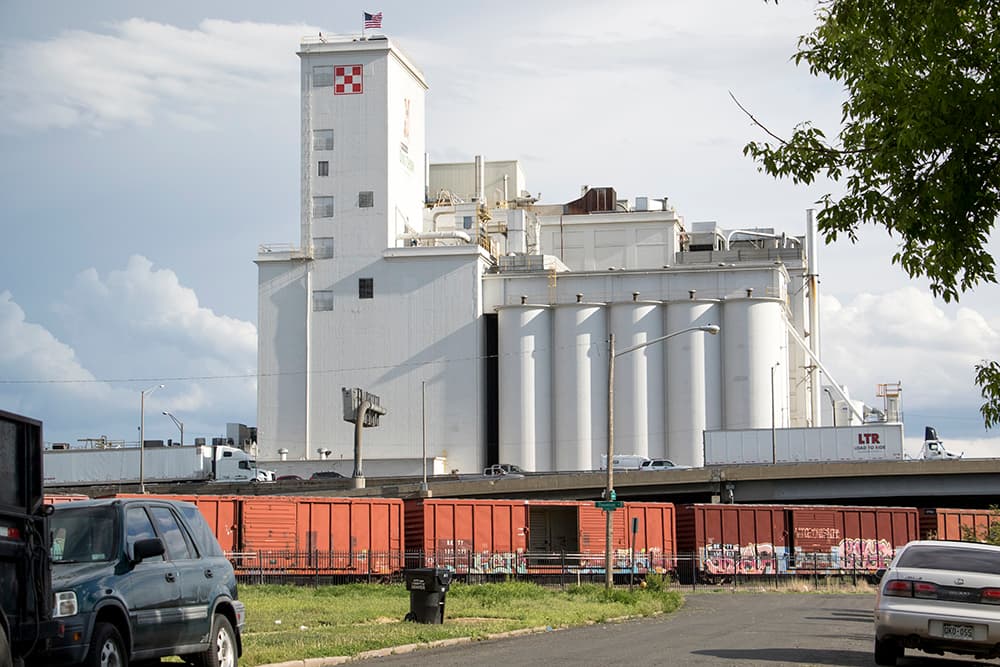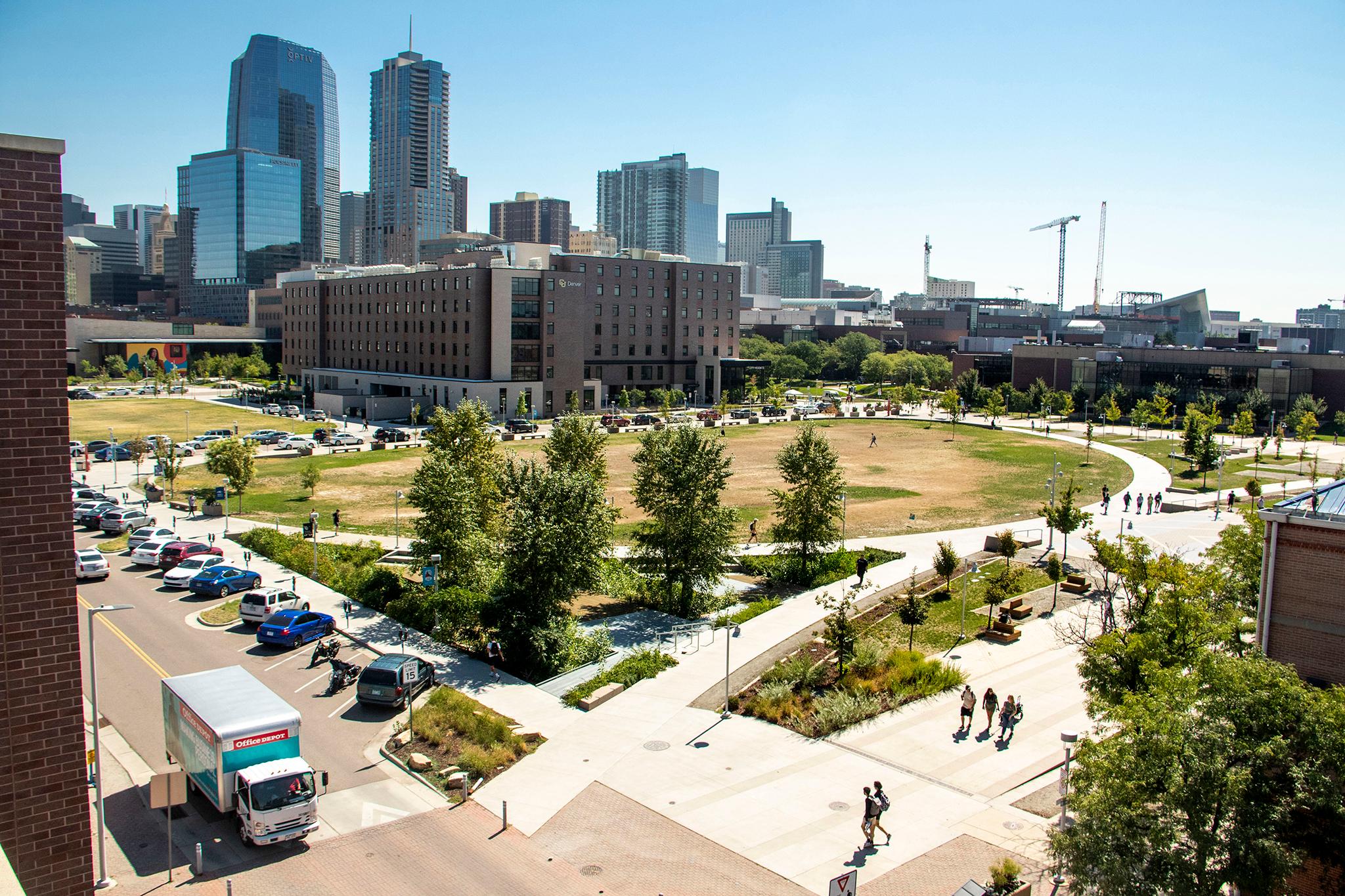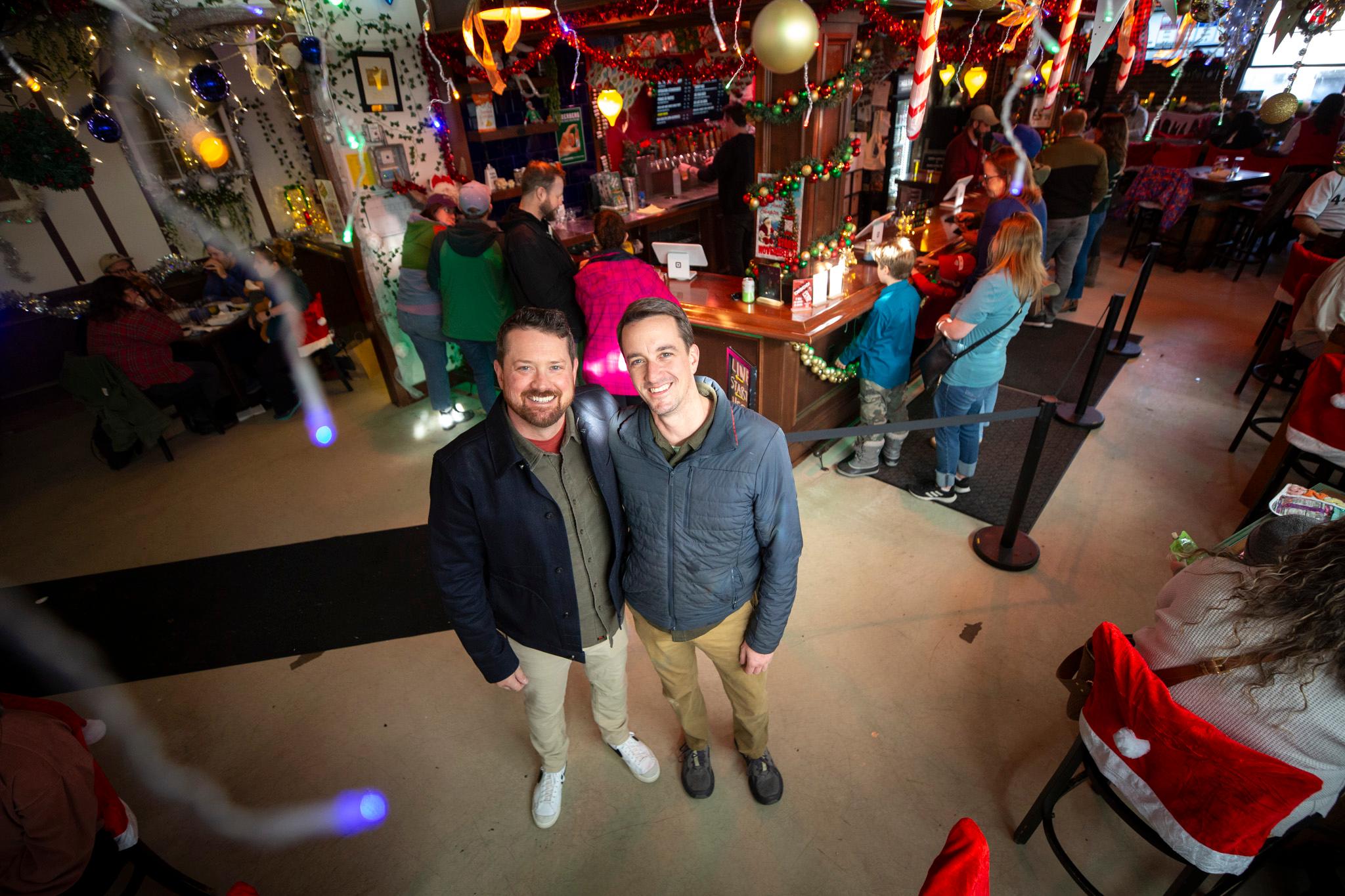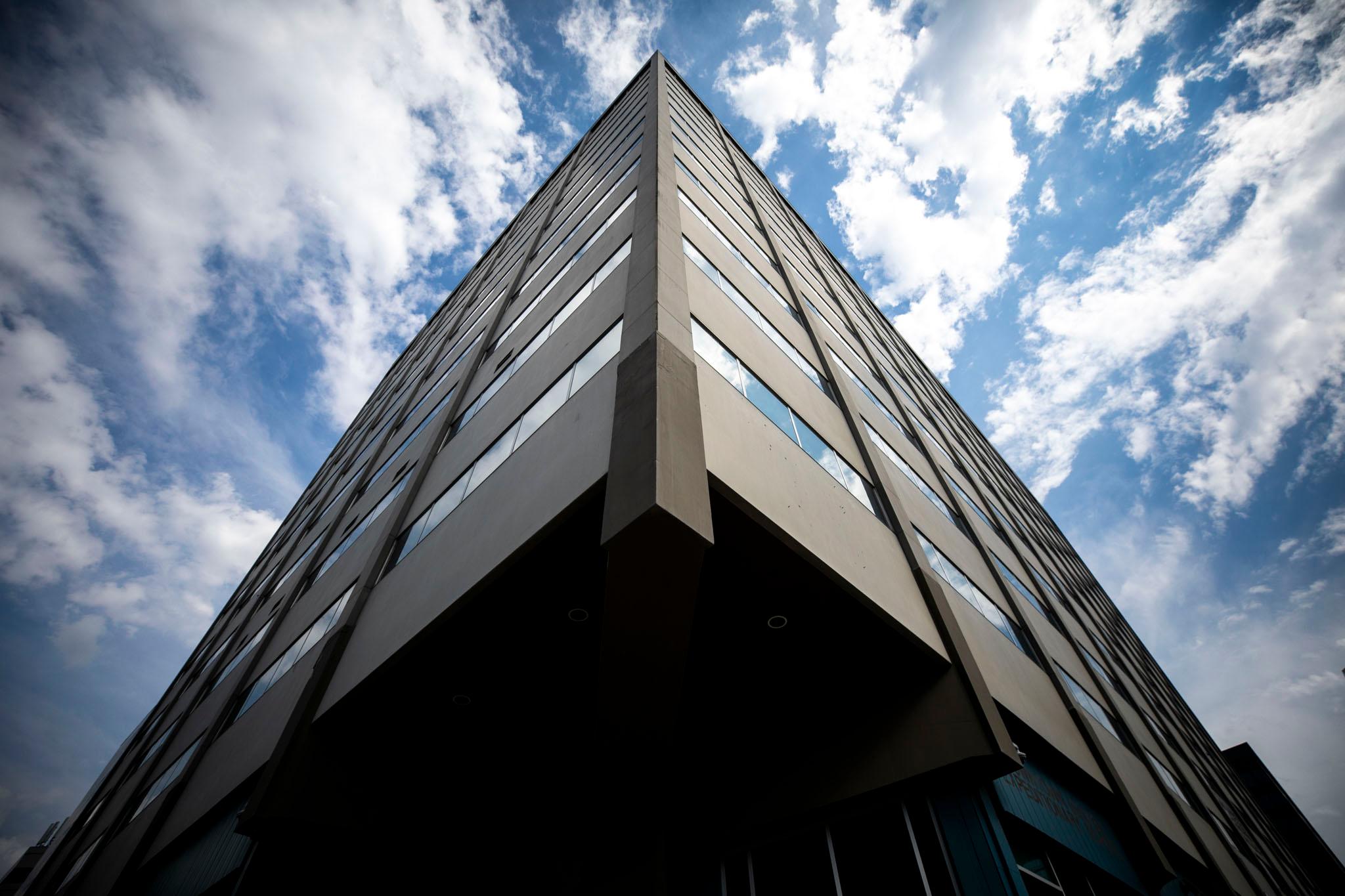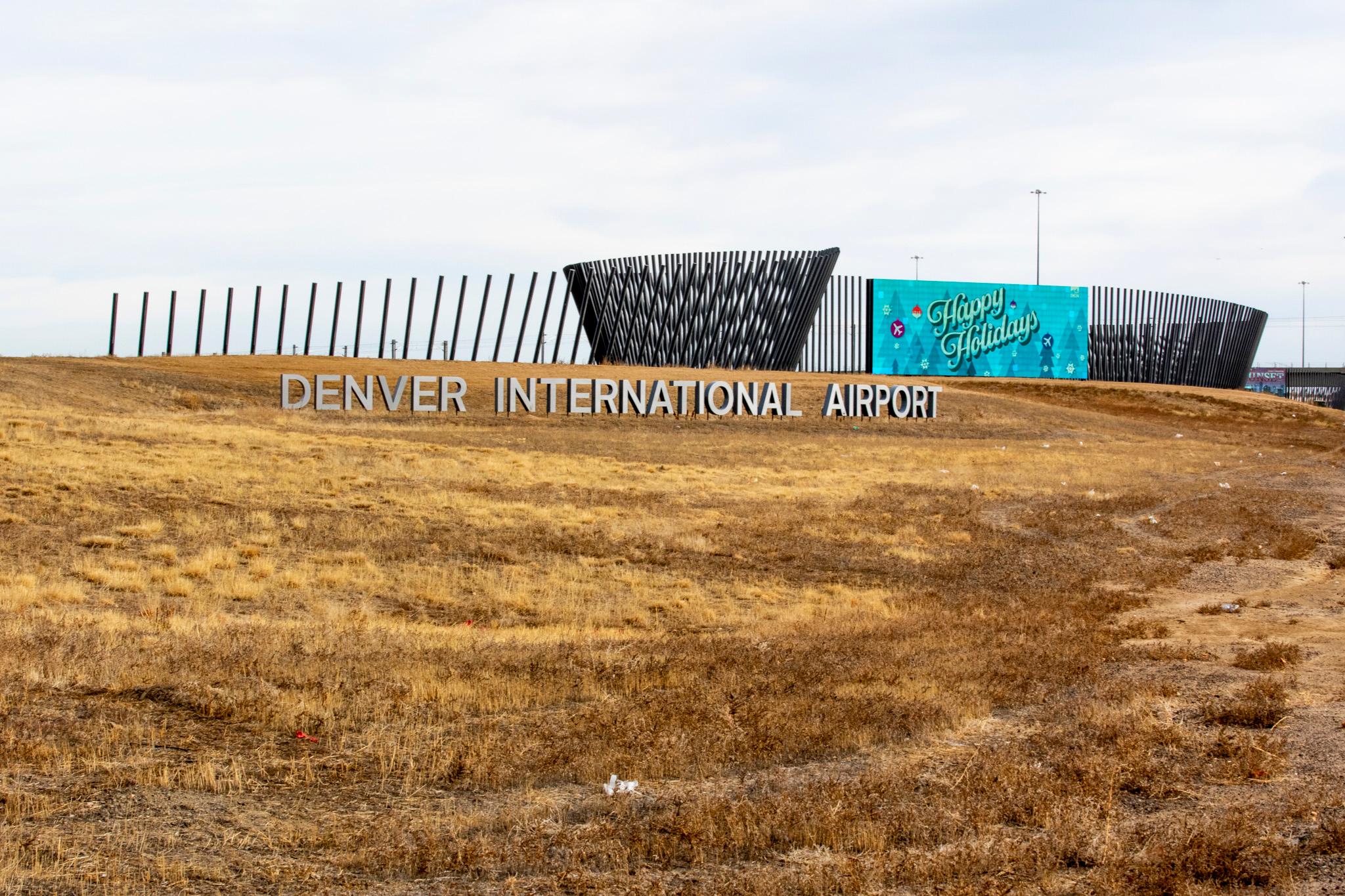The poorer a neighborhood of Denver is, the greater the chance that it has odor-producing factories that could stink it up. That’s the key finding of a report that came out recently.
Priyanka deSouza, assistant professor of Urban and Regional Planning at the University of Colorado Denver led a team of 10 researchers whose work was published earlier this year in the "Journal of Exposure Science & Environmental Epidemiology." Its key finding: “Less privileged census block groups were more likely to contain a potential malodorous facility.”
The research began with a review of odor complaints that came in between 2014 and 2023. The complaints they analyzed were mostly from calls to 311, Denver’s city services line. About 1,300 residential complaints came in between 2014 and through part of 2023.
A typical year saw about 120 calls complaining of foul odors per year or about two every week.
How the researchers studied stink
The researchers also looked at the locations of facilities that had had enough previous complaints to be obligated by the city to turn in an “odor management plan” to the Denver Department of Public Health and Environment.
Such plans are required of any facility that either gets five or more complaints for smells in a month or is in an industry likely to produce things that smell, according to Denver’s “Odor Control Plan Frequently Asked Questions” form. Those industries include a business that makes pet food; grows or processes marijuana; processes meat; makes asphalt shingles; refines petroleum; treats sewage; or preserves wood.

Next, the researchers found demographic information by looking at “residential census block group-level socioeconomic data from the "2016–2020 American Community Survey,” according to a report summary.
Then the team cross-referenced the two data sets to find patterns.
“Census block groups with [potential malodorous] facilities were significantly less privileged (had a higher percentage of non-White residents and workers, had more residents and workers with formal education below high school),” the study states. It adds: “Our findings reveal clear disparities in the locations of facilities with less privileged census block groups disproportionately burdened with such facilities.”

The sorts of smells were “related to the pet-food manufacturing factory Purina, neighborhood smells, construction and building-related smoke, and marijuana-related odors,” according to the report.
The study researchers worked with the Department of Public Health and Environment, using data they provided, rendering the research costs basically zero.
The 'inverted L' appears once again
Communities with the greatest stink potential from facilities tended to fall within Denver’s so-called “inverted L,” which runs along the city’s west and north sides.
“Most of these potentially malodorous facilities were sort of in Devner’s notorious inverted L neighborhoods,” deSouza said in an interview. Those neighborhoods are associated with redlining and lower socioeconomic opportunities.
“Odor is one of the few air-quality related concerns that DDPHE has control over, and so they’re trying to do their best when it [comes] to odor,” deSouza said.

Gregg Thomas, division director for the Environmental Quality Division in the Denver Department of Public Health and Environment, said part of the reason the inverted L area has a lot of odor-producing potential is that some buildings in those communities were used for marijuana manufacture and distribution, marijuana being one of the main sources of odor complaints.
“Generally what you’ll see is that the largest concentration is in the north part of the city,” he said in an interview. “The inverted L also includes Santa Fe Boulevard and neighborhoods around there. Those are large commercial and light industrial districts,” he said.
He continued: “So north of I-70 from Montbello to Globeville, and then southwest or west of I-25 down toward Santa Fe, you also have a lot of old commercial and industrial [manufacturing]. So it’s not surprising that you can get odors from there. And that’s where a lot of those vacant warehouses that were converted to marijuana grows were located.”
More smells don’t mean more complaints
Thomas said there are lots of variables in who finds an odor offensive: “An odor that bothers me might not bother you. And the other thing with odors is you become desensitized to them if you're living in odor air long enough.”
That could be a reason for one of the unexpected findings in the study. “Although most of these potentially malodorous facilities were in Denver’s notorious inverted L neighborhoods, we actually found that the odor complaints were not primarily in those neighborhoods," deSouza said.
Rather, a lot of complaints were from gentrifying areas like RiNo, a puzzling finding that might lend itself to further research, she said.
“One of the reasons why we could see a lot of complaints in areas not near these facilities is because there could be certain facilities that emit the bulk of odors, and because of wind speeds and wind directions, they could be blowing the odor from poorer parts of Denver to these richer areas.”

She said this could lead to further study.
“In order to test that hypothesis, we want to evaluate at the time of these odor complaints, where was the wind coming from in order to ... get a better sense of what’s going on,” she said.
When smells travel, it’s hard to figure out where to point the finger, and that’s one of the things on the DDPHE’s agenda, according to spokesperson Ryann Money, public information officer with the department.
“Cross-boundary issues for industrial facilities require more coordination with our neighbors, and that is what we are focusing on over the next couple of years,” she said in an emailed statement. “Odor is a huge quality of life issue for residents in North Denver and Commerce City; we are keenly aware of that and that is why we are driven to find additional solutions.”
Smells are still a problem in the inverted L
Quality of life has been negatively impacted by odors for people living in the inverted L communities, according to Guadalupe Solis, Director of Environmental Justice Programs with Cultivando, which focuses on North Denver and Adams County, particularly seeking environmental justice for Latino communities.
She said that although she does not live in that area, some staffers with Cultivando work with people who do, and their health has suffered. “Even before we got involved,” Solis said in an interview, “[we] would always hear complaints of nosebleeds, of stomach aches, of nausea.”
She said those communities also had higher rates of COVID. “When we mapped it at a census tract level . . . we saw the inverted L light up with the highest cases compared to other communities,” she said.
“Also, I don't think it's a coincidence that in these areas, rates of cancer and other chronic diseases tend to be higher ... [these] areas continue to be disproportionately impacted from all kinds of different factors ... public health practitioners use it to really talk about where the health disparities and the impacts are in Denver.”
